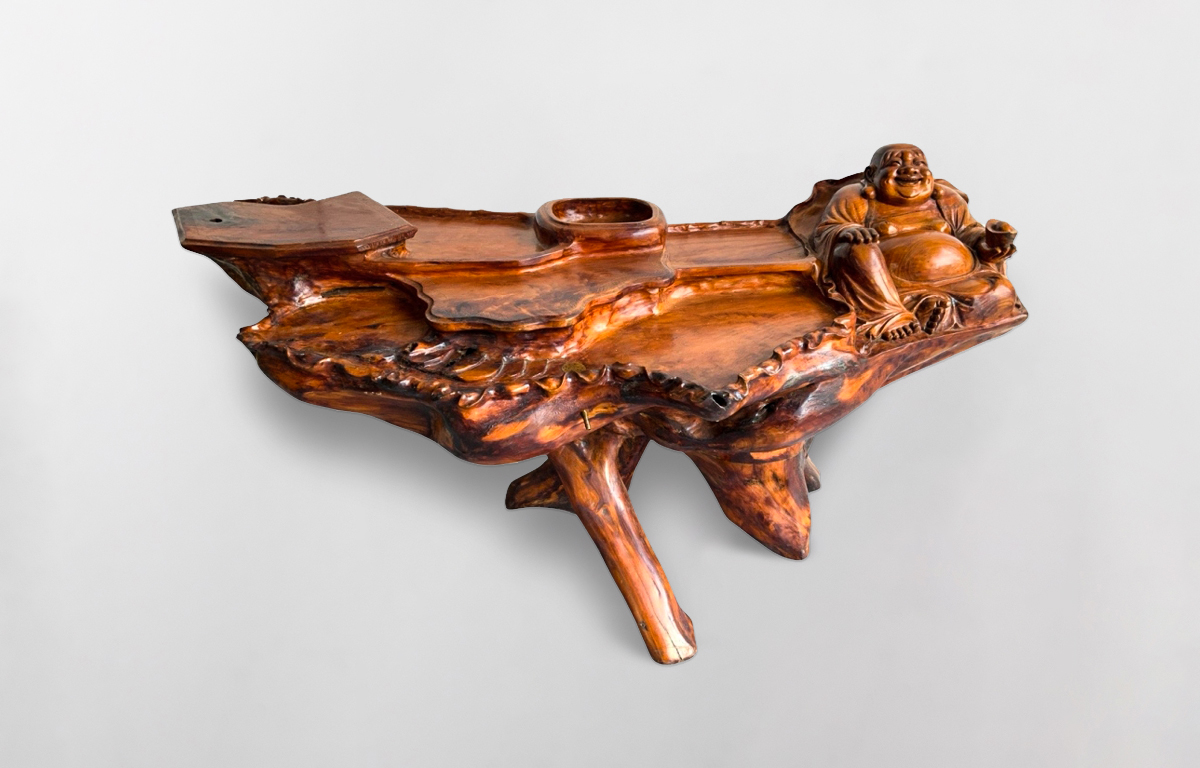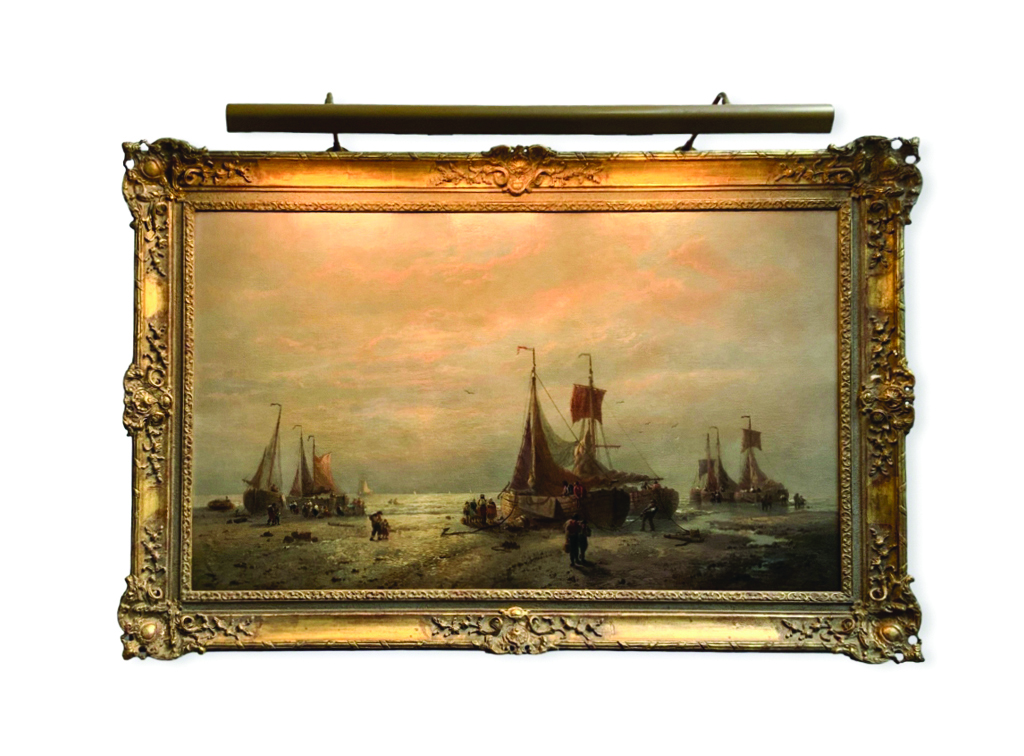An Unusual Classic The Omega Chronostop Driver is a vintage wristwatch that stands out for…

Masterpieces of Artistry
The Intricate Craftsmanship of Chinese Gung Fu Carved Tree Root Ceremonial Tea Tables
Introduction
In the world of Chinese Gung Fu (Kung Fu), where the art of disciplined movement and self-mastery finds its roots in ancient China, the union of art and culture takes on a profound meaning. The story of Chinese Gung Fu is one that spans centuries, characterised by its graceful and powerful movements and a deep philosophical underpinning. It’s a discipline that goes beyond martial combat, embracing the essence of a balanced and harmonious life, much like the culture of tea in China. It is in this rich historical tapestry that the exquisite Carved Tree Root Ceremonial Tea Tables find their place
The Roots of Artistry
The most captivating aspect of Chinese Gung Fu Ceremonial Table, lies in their origin. These tables are meticulously carved from the roots of ancient trees, and each table is a unique work of art. The choice of using tree roots adds an element of unpredictability to the design, as no two tables can ever be the same. This nature-driven craftsmanship pays homage to the profound connection between human culture and the environment.
Symbolism in the Details
Every inch of the table’s surface is adorned with intricate carvings, meticulously etched by skilled artisans. One of the most prominent features is the figure of the Laughing Buddha, Hotai, in the center. This figure embodies joy, contentment, and good fortune, and its presence at the heart of the table infuses the tea ceremony with positive energy and blessings.
The incorporation of lotus pads and linzghi mushrooms into the table’s design adds further layers of symbolism. The lotus, which grows from the muddy waters into a beautiful flower, represents purity and enlightenment. Linzghi mushrooms are revered in Chinese culture for their association with health and longevity. These symbols serve as a visual and spiritual reminder during tea ceremonies, enhancing the overall experience.
Precision and Patience
Creating these tables requires an immense amount of patience and precision. The artists have to work around the natural shape and contours of the tree roots, ensuring that the final piece is not only beautiful but also functional. The carving process can take months or even years, depending on the complexity of the design.
Artisans use a variety of traditional tools to carve intricate patterns and figures into the wood. This delicate work requires not only technical expertise but also a deep understanding of the cultural significance of the symbols being carved. Each stroke and curve is a testament to the craftsman’s dedication and skill.
Preservation of Tradition
The craftsmanship of these Ceremonial Tea Tables is not just about creating a functional piece of furniture but about preserving tradition. These tables are a link to the rich history of tea culture and martial arts in China. They are a living embodiment of the country’s cultural heritage, reminding us of the importance of tradition in our ever-evolving world. With the meticulous nature of their production, along with this rich heritage – you can imagine the acquisition value, typically comes at an extremely high price point.
Conclusion
The intricate craftsmanship of Gung Fu Ceremonial Tea Tables is a celebration of art, culture, and nature. These tables stand as a testament to the skills of artisans who dedicate themselves to preserving the beauty and significance of Chinese traditions. Each table is a unique work of art, telling a story of patience, precision, and a deep respect for the environment. This particular table has its own further unique element, in that it has been professionally converted into a water feature – something not seen before. It would make a fantastic talking point in a home or place of business.
It is through these tables that the past and present meet, creating an enchanting experience for those who partake, why not make this experience part of your story.
Bid today, and bridge the gap between history and modernity, just as Gung Fu itself has done for generations.



